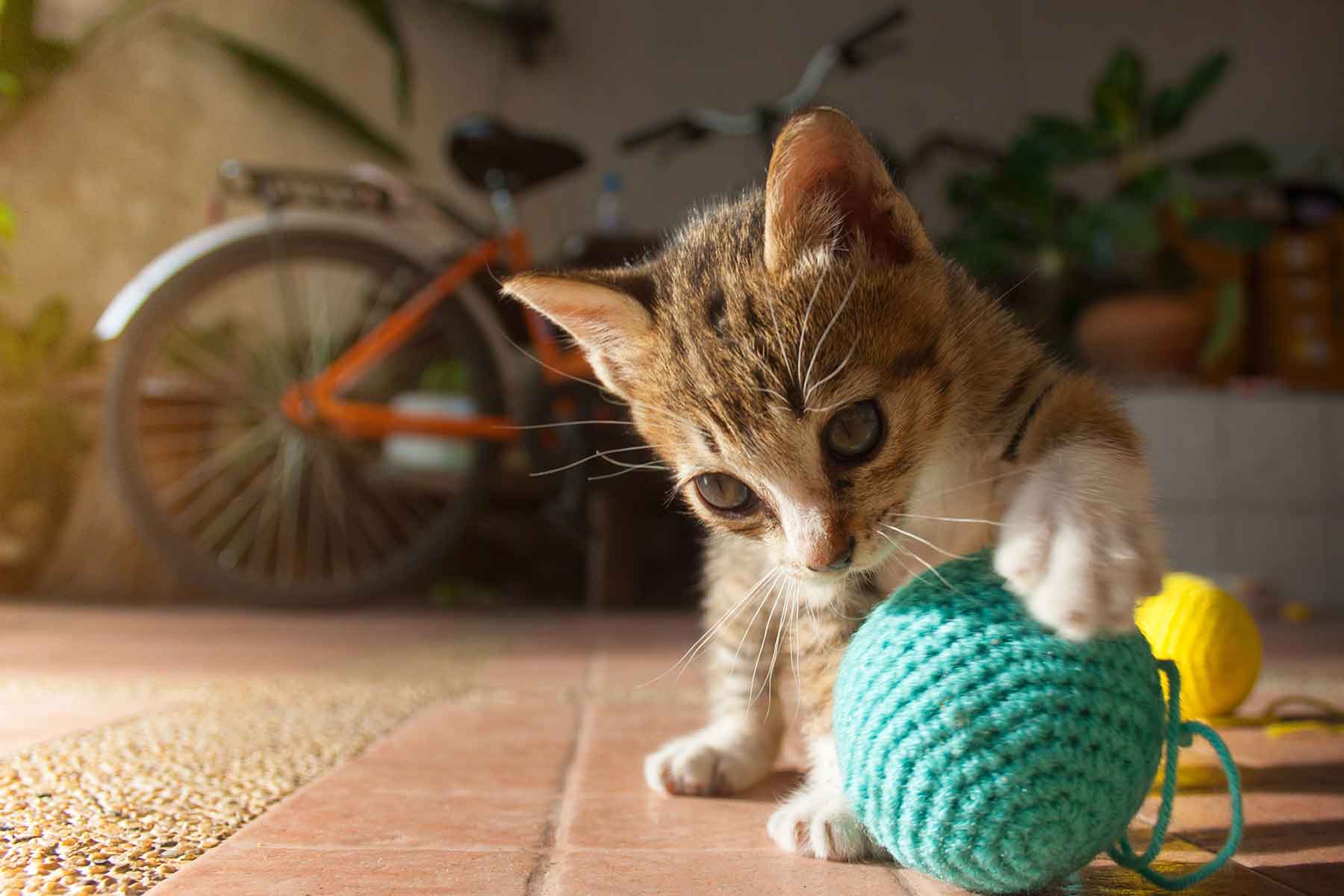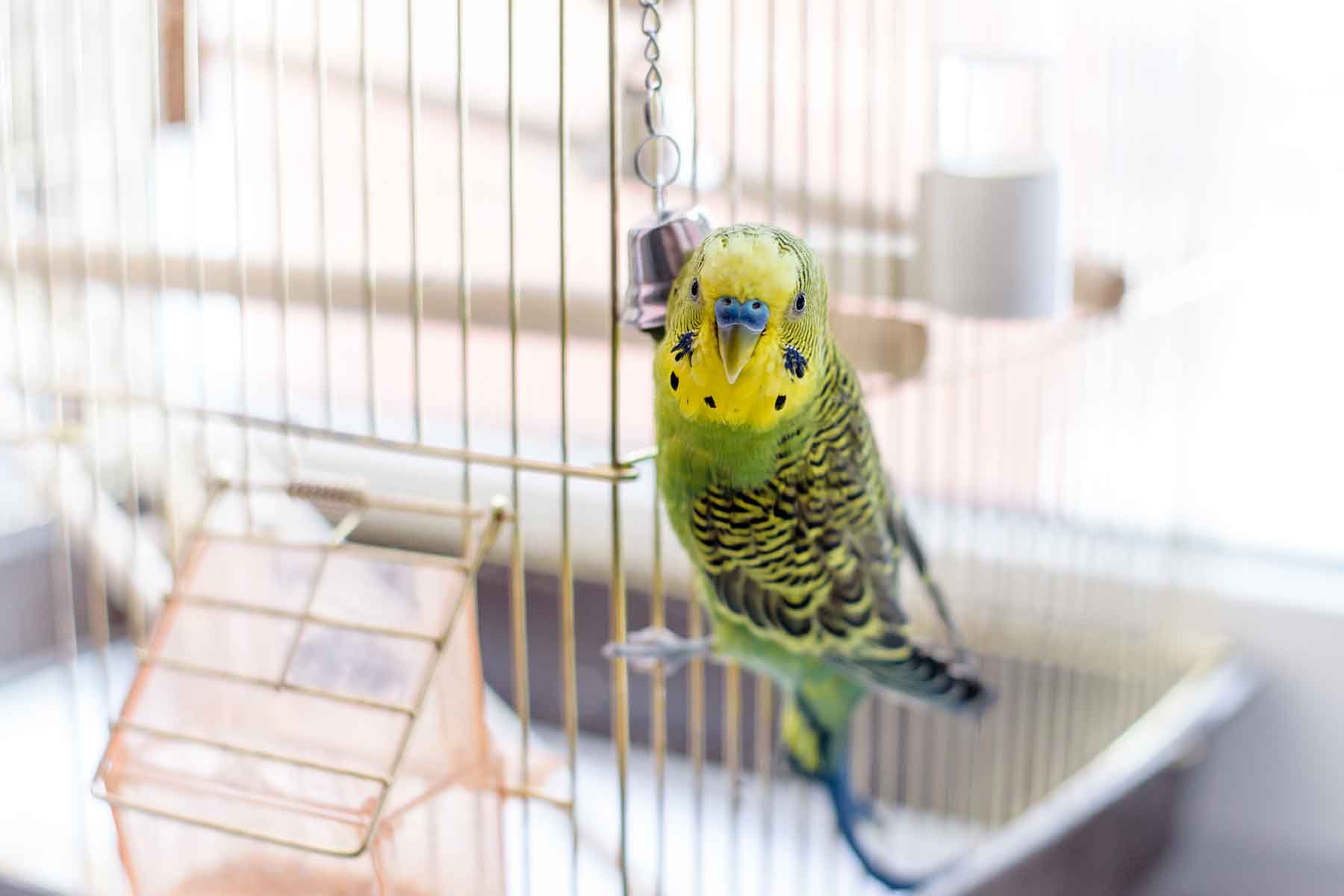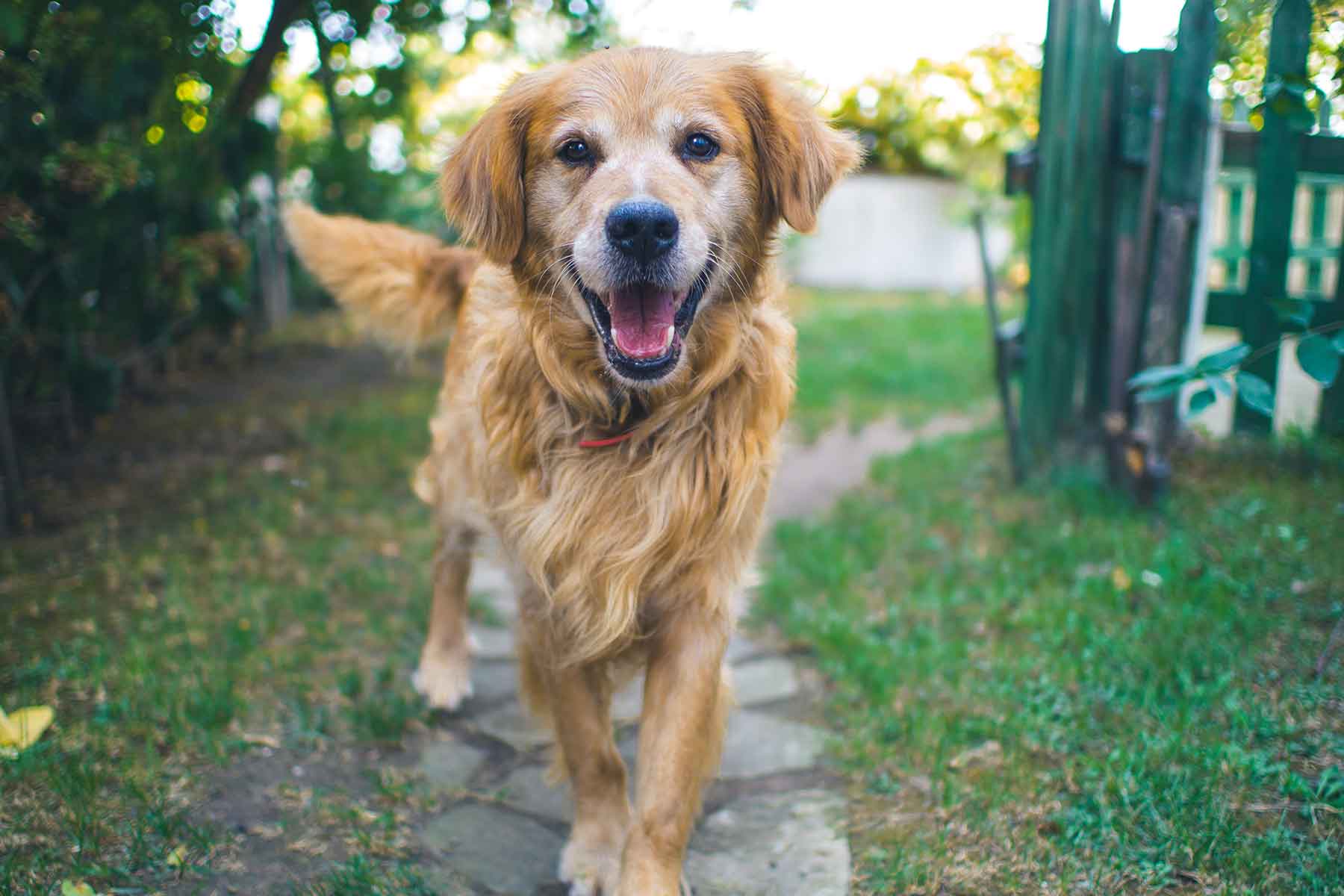Dogs are highly social animals that make wonderful pets. They can be effective as watchdogs, are excellent companions for play and exercise, and are sources of affection and comfort. However, with the lifestyle and schedule of the majority of families, dogs must learn to spend a portion of the day at home while their human family is away at school, work, shopping or engaging in recreational activities. During those times when you are away and unavailable to supervise, the pet may still feel the need to chew, play, explore, eat, or eliminate. These behaviours can be very distressing and damaging to the home. Confining your dog to a play area with their toys is akin to putting a young child in its playpen; while teaching your dog to relax and sleep in their crate or bed would be similar to putting your baby in their crib when it’s time for bedtime or a nap.
How can misbehaviour be prevented?
Preventing inappropriate behaviours when you are absent involves both scheduling and prevention. Scheduling means insuring that the pet has had the opportunity to play, eat, and eliminate before you leave them in their confinement area or crate. By maintaining a regular daily routine and timing your departures (or other daily commitments) at a time when your dog would normally be napping or playing with their own toys, there should be minimal resistance to confinement. Prevention involves keeping the pet in a confined area where they are secure, safe, and can do no damage to themselves or your possessions.
What are your options for confinement?
Depending on the structure of your home, it may be possible to confine your dog to a limited portion of your home, by closing a few doors, or putting up some child gates or barricades. The dog can then be allowed access to the remaining areas of the house. Another option is to use avoidance devices that keep the pet away from selected areas. If dog-proofing is not possible when you have to leave your dog unsupervised, you might need to confine your dog to a single room, pen, or crate. This smaller confinement area not only provides safety for the dog and protection of the home from damage, but also provides a means of teaching the dog what they are supposed to chew, and where they are supposed to eliminate (i.e. setting up for success rather than attempting to punish what might be undesirable, but normal play, exploration, scavenging or elimination).
Isn’t crate training cruel?
Crate training is neither cruel nor unfair. On the contrary, leaving the dog unsupervised to wander, investigate, destroy, and perhaps injure themselves is far more inhumane than confinement. Insure that the crate is large enough for your dog to stand, turn and play with their toys. Proper timing and scheduling can help your dog to adapt. Be certain that your dog has had sufficient play, exercise, attention, and an opportunity to eliminate before confinement, and that you return before the dog next needs to eliminate. Ideally the pet should be placed in their crate at times of the day when they are due for a nap, or when they normally amuse themselves by playing with their own toys. Although confinement should be used when you cannot supervise your dog, when you are at home you must try to keep the pet with you (except during the pet’s nap times), as this is the only way to train and reinforce desirable behaviour and direct the pet away from undesirable behavior. Be sure not to require your pet to be confined longer than wait to eliminate.
What are the benefits of crate training?
Confinement training has many benefits. It keeps your pet safe and prevents damage to household possessions. The crate also provides a place of security; a comfortable retreat where the dog can relax, sleep, or chew on a favorite toy. Confining the pet to a crate or room when the owner is not available to supervise can immediately prevent behaviour problems. If the puppy is crated when they are napping or playing with their own toys, the risk for over-attachment and separation anxiety might be reduced. While in the crate the puppy learns to spend time away from the owners napping or engaging in play behaviour. When you are at home, supervision and rewards can be used to prevent undesirable behaviour, and to teach the dog where to eliminate, what to chew, and what rooms and areas are “out of bounds.”
Will cage confinement help with house-training?
Crate training is one of the quickest and most effective ways to house-train a dog. Since most dogs instinctively avoid eliminating in their sleeping and eating areas, dogs that use their crate as a bed or “den” will seldom eliminate inside unless they have been left in the crate for too long or they are excessively anxious when confined. Crate training can also help teach the dog to develop control over their elimination. As soon as your dog is released from their crate, take them to the designated area and reward elimination at acceptable locations. Since the crate prevents chewing, digging, and elimination on the owner’s home and property, owners of crate trained puppies have fewer behaviour concerns, the puppy receives far less discipline and punishment, and the overall relationship between pet and owner can be dramatically improved. For further details read our article on House training your puppy.
Will the crate provoke barking?
The crate can also be a useful way to reduce or eliminate distress barking. Rather than locking the puppy up and away from the owners at nighttime or during mealtime, the puppy can be housed in their crate in the bedroom or kitchen. In this way the puppy cannot get into mischief, and is less likely to cry out or vocalize with the owners in the room. Of course if the puppy is not napping and you are available to supervise, your puppy should be out and about with you watching closely to ensure that they come to no harm and do not get into mischief. Distress vocalization is far more likely for owners that lock their puppy out of harms way in a laundry or basement with no access to them. When and if the owner then goes to the puppy to quiet them down or check them out, the crying behaviour is rewarded.
Are there other benefits to caging?
Throughout their life, whether traveling or boarding, your dog may require crate confinement for varying periods of time. Dogs that are comfortable with crating are more likely to feel secure, and far less stressed, should caging be required. By bringing along the dog’s bedding or their own crate for boarding or veterinary visits, the pet may feel even more settled and relaxed.











